Chevy’s C20 might not get the same spotlight as its half-ton sibling, the C10, but that doesn’t mean it hasn’t earned its place in truck history. Built to take a beating and keep hauling, the C20 has always been the go-to for people who needed more than just a good-looking pickup. Whether it was hauling trailers, camper shells, or construction gear, this truck didn’t flinch.
Over the years, the C20 evolved without losing its work-first attitude. From torsion bar suspensions to fuel-injected big blocks, it stayed focused on doing the job right. Here are ten versions that remind us why the C20 was never just a backup plan—it was the main tool in the box.
1963 Chevrolet C20
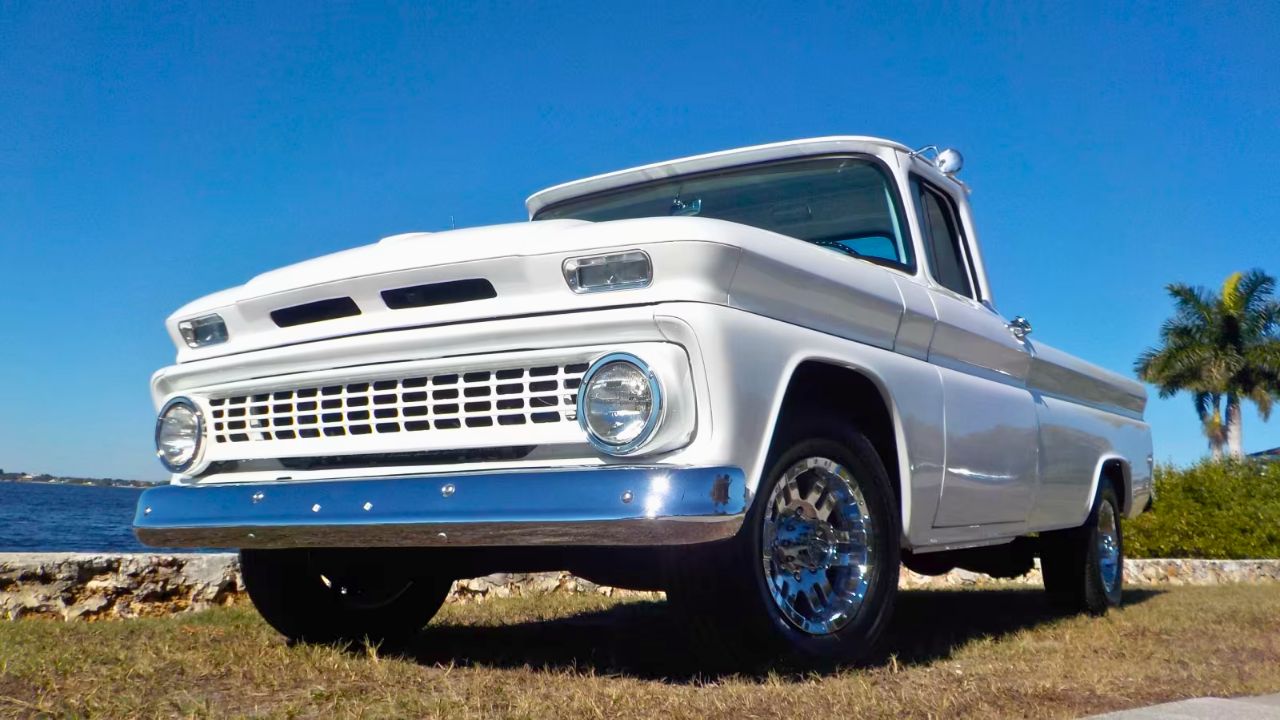
The 1963 C20 was part of the first-gen C/K line and came standard with the torsion bar front suspension, which gave it a noticeably smoother ride than most of its competition at the time. It rode on a 133-inch wheelbase and came with a 6.5-foot or 8-foot bed, depending on your needs.
Under the hood, most were powered by the 230 cubic-inch inline-six or the optional 283 V8. Interiors were basic but clean, with bench seating and simple gauge clusters that just did the job without fluff. It’s a no-nonsense work truck that still holds up if kept in good shape.
1967 Chevrolet C20
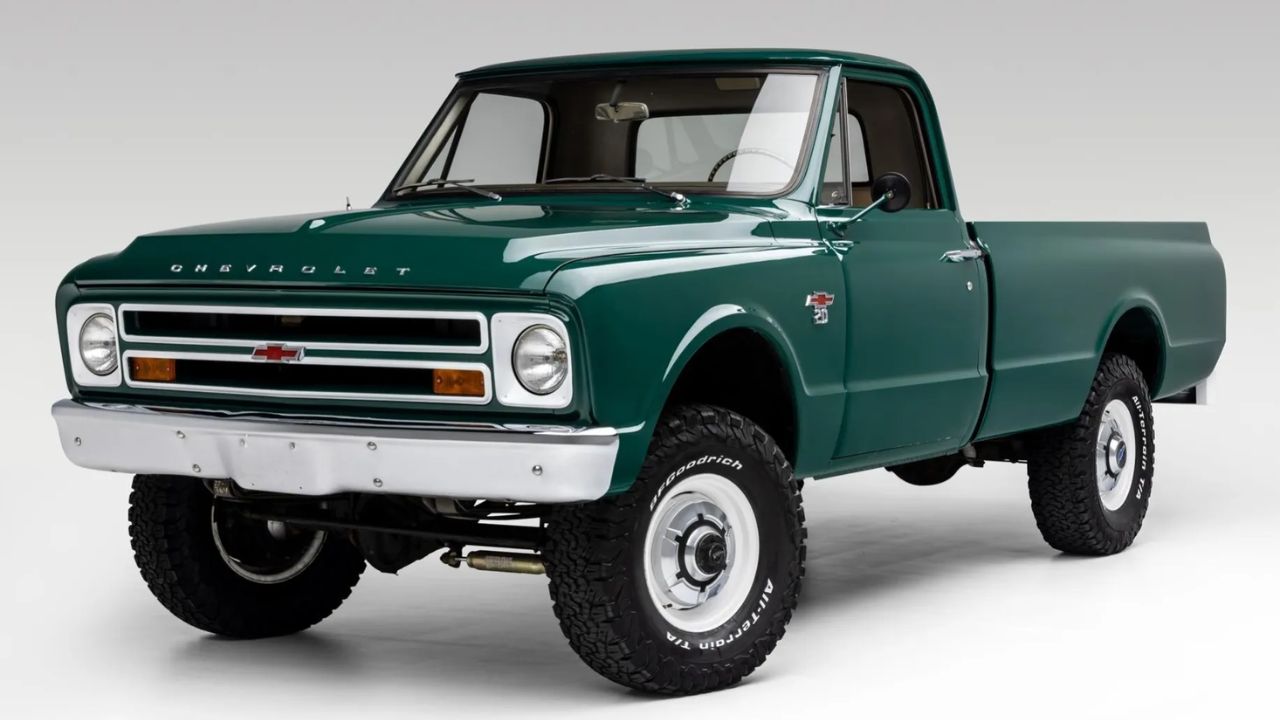
The ’67 C20 kicked off the second-gen series with an all-new look—cleaner body lines, more squared-off styling, and an updated front fascia. This was also the first year GM used coil spring rear suspension on the C20, which helped it handle loads better without feeling like a farm implement on pavement.
Engine options included the 250 inline-six and small-block V8s like the 283 and 327. Inside, the dash was redesigned to be more driver-friendly, and the fit and finish took a small step forward. It’s where utility started meeting a touch of comfort.
1970 Chevrolet C20 CST
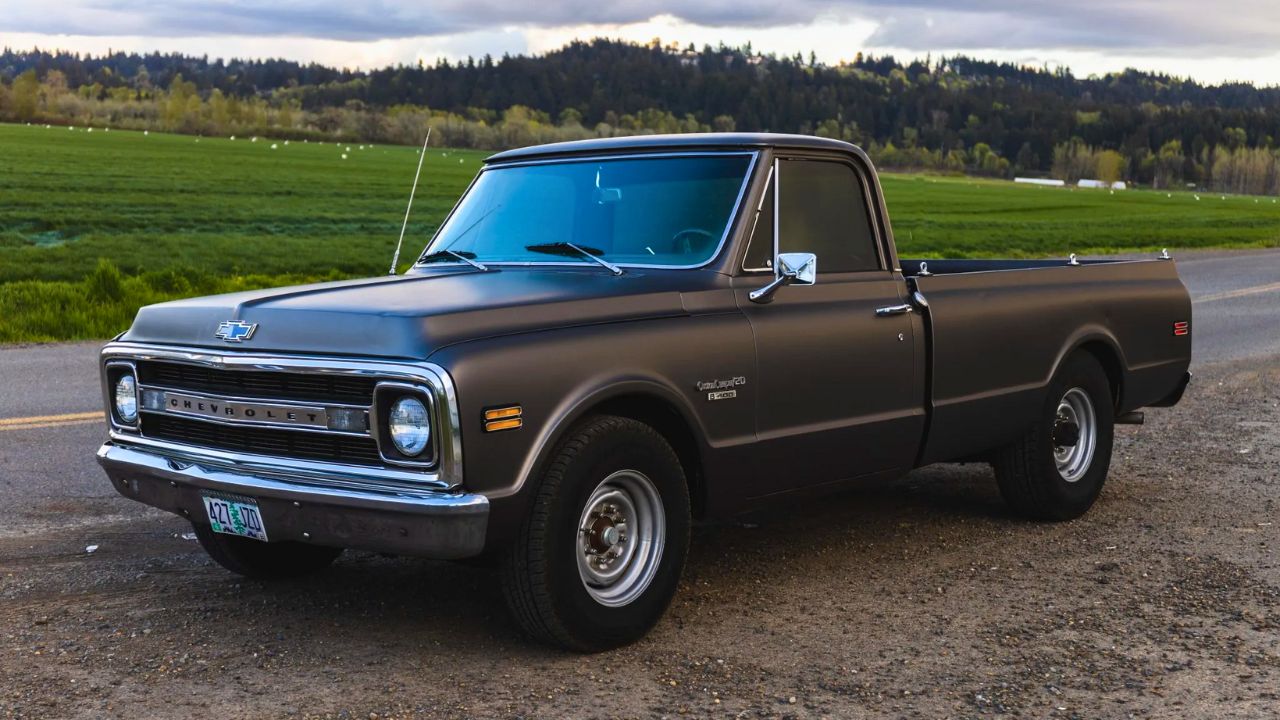
The 1970 C20 CST (Custom Sport Truck) was Chevy’s way of offering a truck that didn’t feel like a penalty box. The CST package added things like chrome trim, bucket seats, and upgraded interior touches. It gave buyers the option to spec utility with some extra class.
You could pair the CST with a 350 V8 or even go big with the 402 cubic-inch big block. The rear coil springs made hauling easier, and the handling was decent for a ¾-ton truck. These are getting more attention now for being both tough and surprisingly refined for the time.
1972 Chevrolet C20 Cheyenne Super
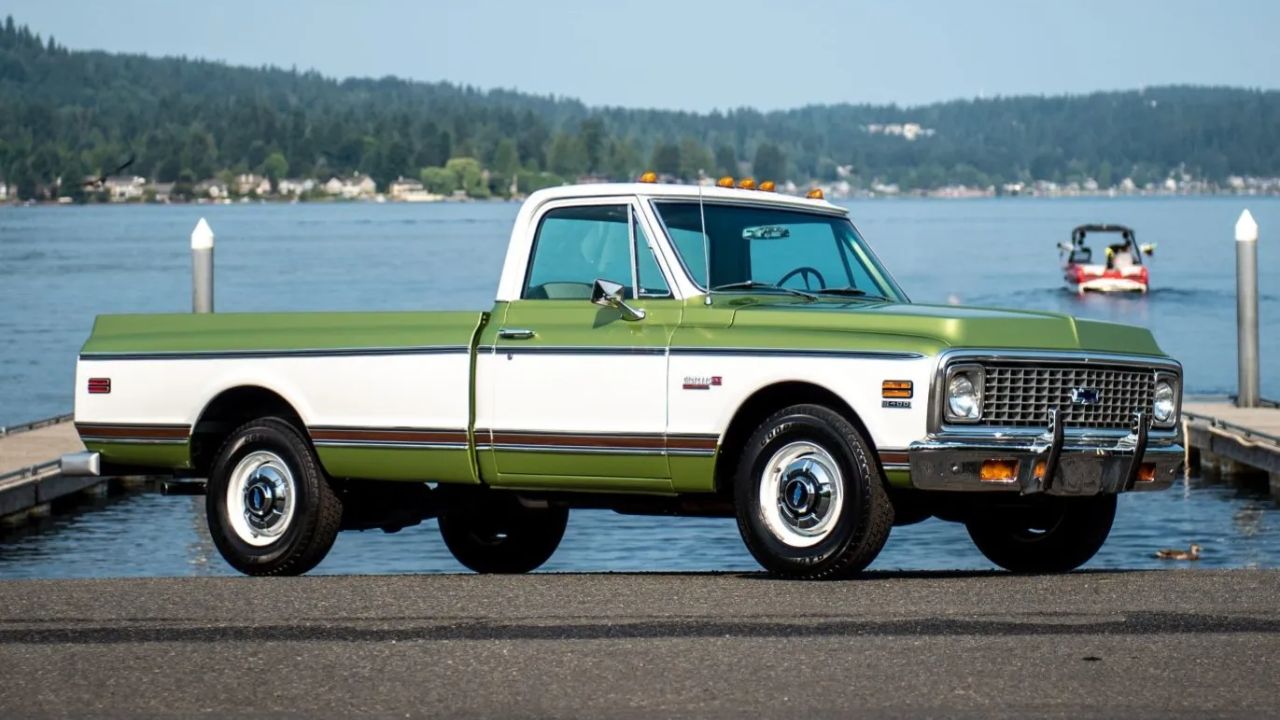
By 1972, the C20 Cheyenne Super sat at the top of Chevy’s trim ladder. This truck featured woodgrain inserts, padded dashboards, and better seat materials that gave it a more premium feel without losing its purpose. Still a workhorse, but a comfortable one.
Power came from a 350 or the optional 402 V8, and buyers could opt for a TH350 automatic. Suspension was coil spring in the rear, and the ride was impressively smooth for a heavy-duty truck. It’s the kind of C20 that still turns heads at local shows, even in stock form.
1973 Chevrolet C20 Silverado
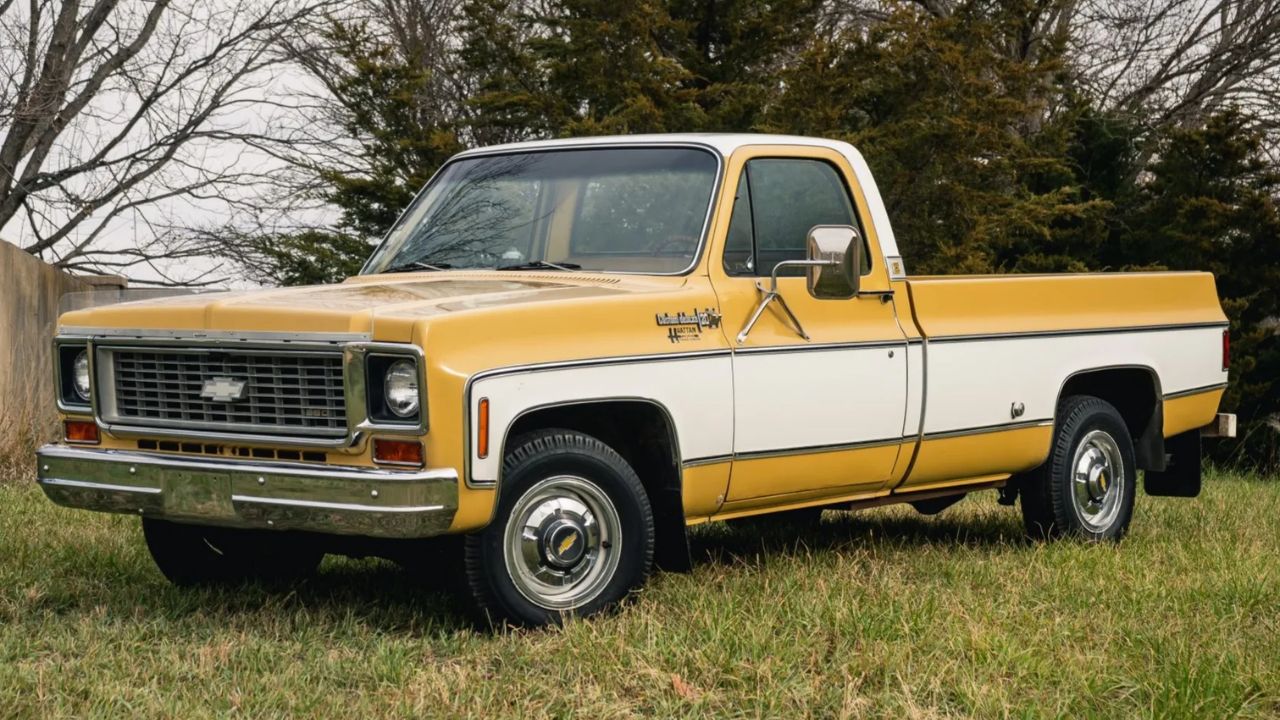
The ’73 model marked the beginning of the Square Body era, and the Silverado was the top-tier trim from day one. These trucks had stronger frames, better corrosion resistance, and more space in the cab. It was a significant evolution in both form and function.
Engines ranged from the base 250 inline-six to a 454 big block. The C20 kept its leaf spring rear for serious payload duty, but ride quality wasn’t forgotten. The interior was all about simplicity with better ergonomics and more legroom, and A/C was becoming a more common option.
1978 Chevrolet C20 Camper Special
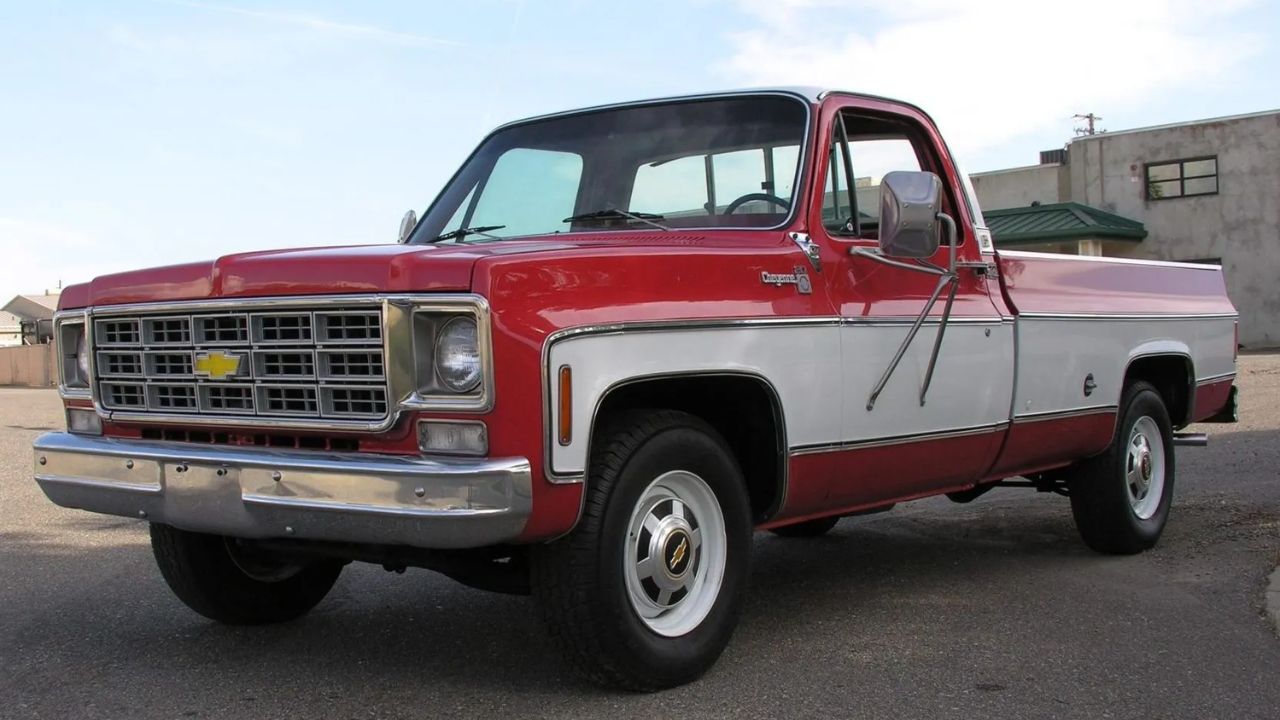
This C20 was built with one thing in mind—hauling campers and trailers without breaking a sweat. The Camper Special package included a heavy-duty rear axle, upgraded cooling, and dual fuel tanks. It was a favorite among folks who hit the road with half their house in tow.
You’d usually find a 400 or 454 V8 under the hood, paired with either a Turbo 400 automatic or a granny-gear 4-speed. Suspension stayed firm with rear leafs and front coils, helping manage that extra weight. It wasn’t flashy, but it got the job done without complaint.
1981 Chevrolet C20 Scottsdale
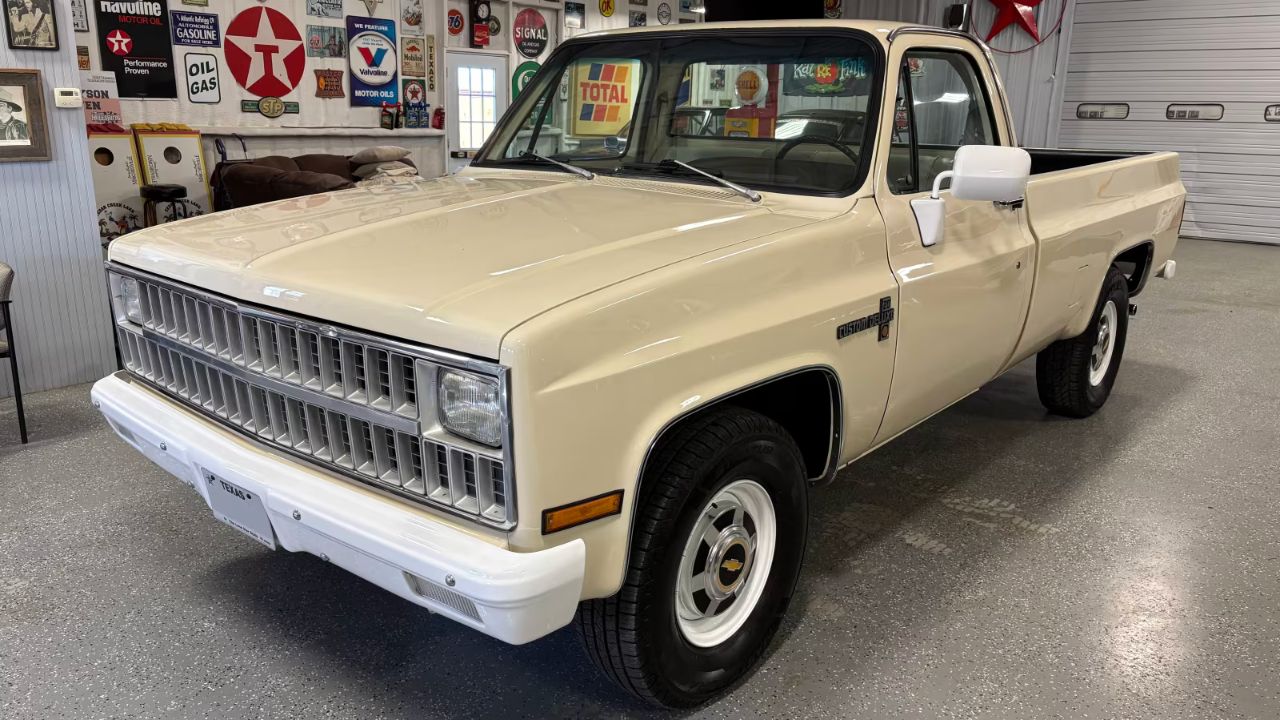
Chevy gave the C/K line a mild facelift in 1981, and the Scottsdale trim offered a good middle ground between base and loaded. It had enough features—like cloth seats, padded interior panels, and full gauges—to keep daily drivers happy without tacking on too much fluff.
The C20 came standard with a 292 inline-six, but most were ordered with the 350 V8. GM also introduced weight-saving measures this year, including thinner body panels and lighter components. Even with those changes, it was still a serious hauler with a ¾-ton rating and rear leaf springs.
1986 Chevrolet C20 Silverado
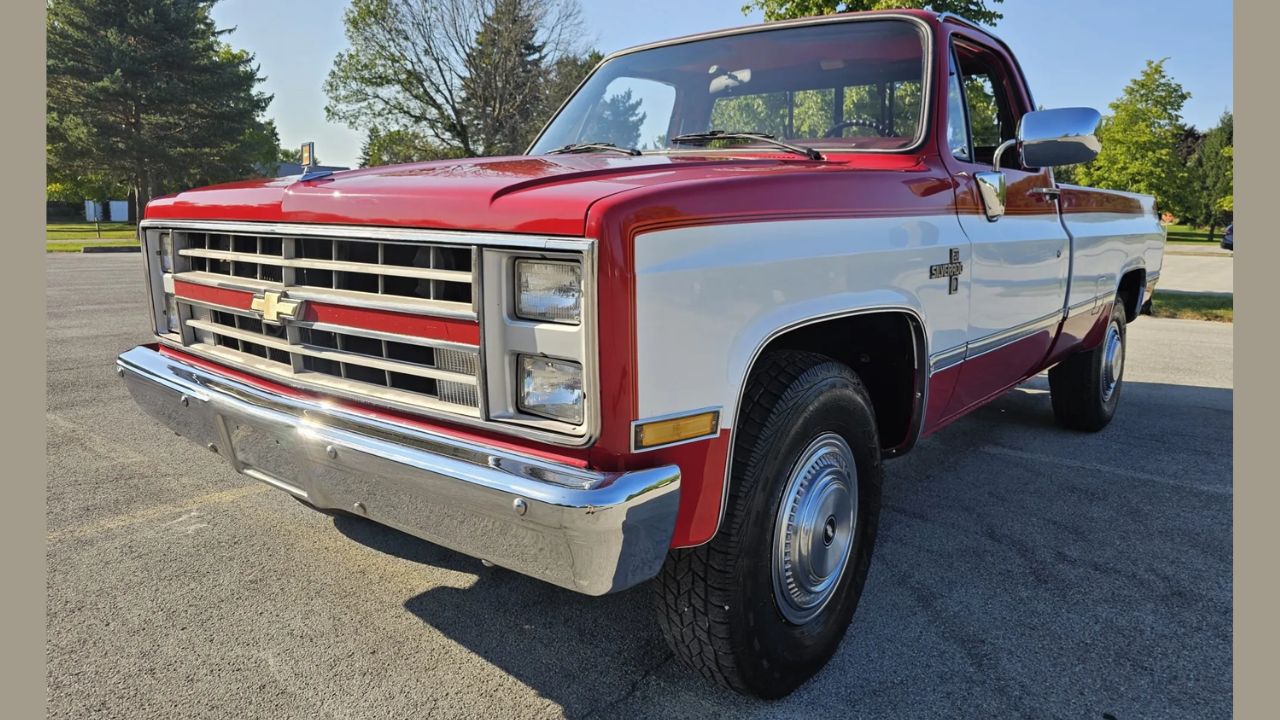
By ’86, fuel injection was creeping in, and the 350 V8 now came with throttle-body injection (TBI), making cold starts and throttle response better than carbureted versions. The Silverado trim had cruise control, a tilt wheel, and even power windows if you checked the right boxes.
The ¾-ton C20 still had leaf springs in the back, but front suspension used independent coils. A Turbo 400 auto trans was a common sight, and GM had improved rustproofing by this point. This truck straddled the line between old-school reliability and modern convenience.
1988 Chevrolet C20 (R20)
Chevy renamed the old C20 to “R20” in 1987 for RWD models as the new GMT400 series debuted, but the R20 stuck around through 1991 for fleet and heavy-duty buyers. It kept the square body styling and had old-school charm while hiding some modern updates underneath.
You could get a 350 or 454 V8 with fuel injection, and it ran on the familiar TH400 auto. Suspension used coils up front and leafs in the rear, same as before. Inside, the Silverado versions had surprisingly plush interiors with carpet, cloth seats, and solid sound systems for the era.
1990 Chevrolet C20 Silverado
By 1990, the R20 was mostly a fleet holdover, but it was still a capable rig. It had a 454 EFI big block as an option, which made it a solid choice for towing. Rear-wheel ABS had become standard, adding a little more safety to the mix.
The Silverado trim stayed nicely equipped with power locks, a tilt steering column, and decent upholstery. Suspension was still truck-tough—leafs out back, coils up front—but the ride didn’t beat you up. It wasn’t flashy or high-tech, but it was dependable and comfortable in its own way.

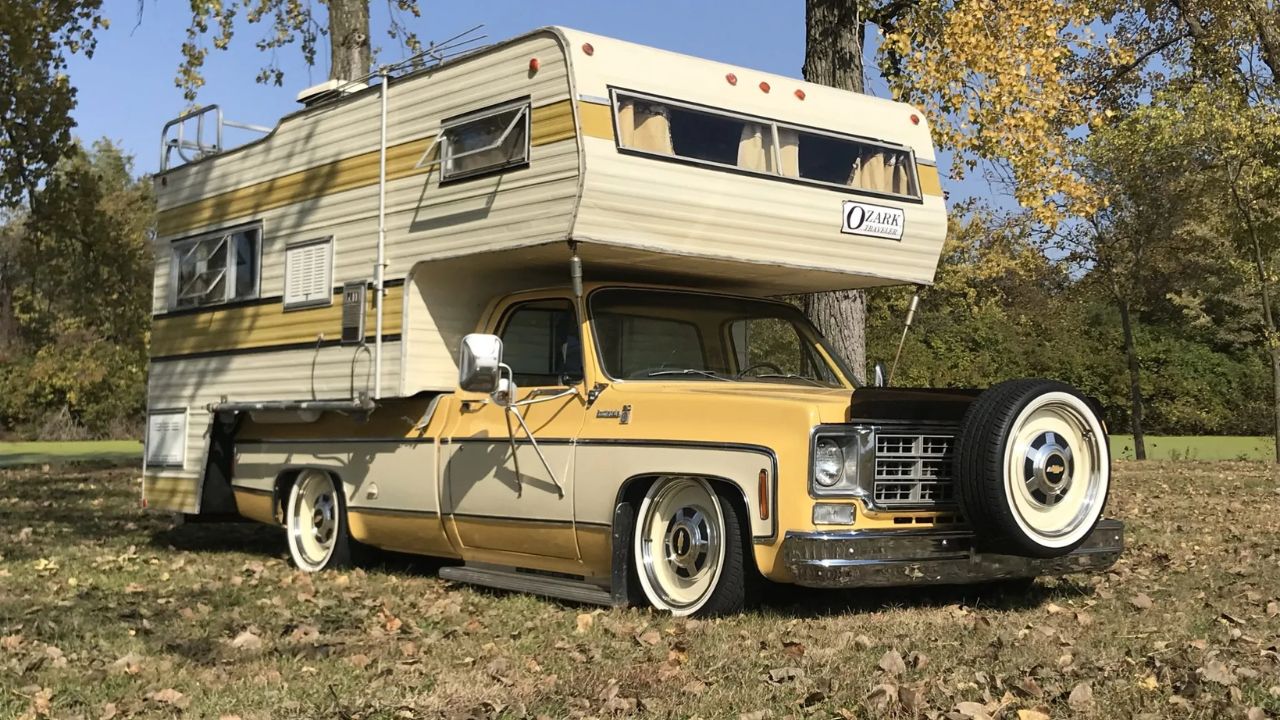

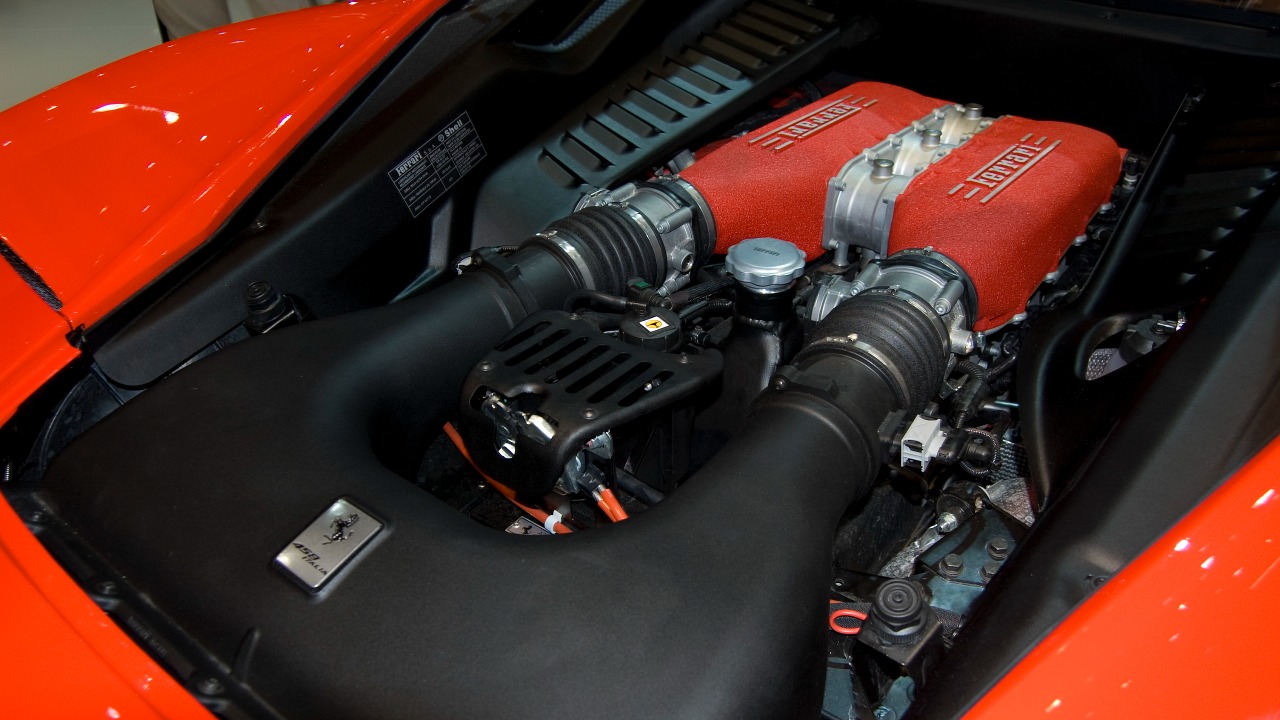

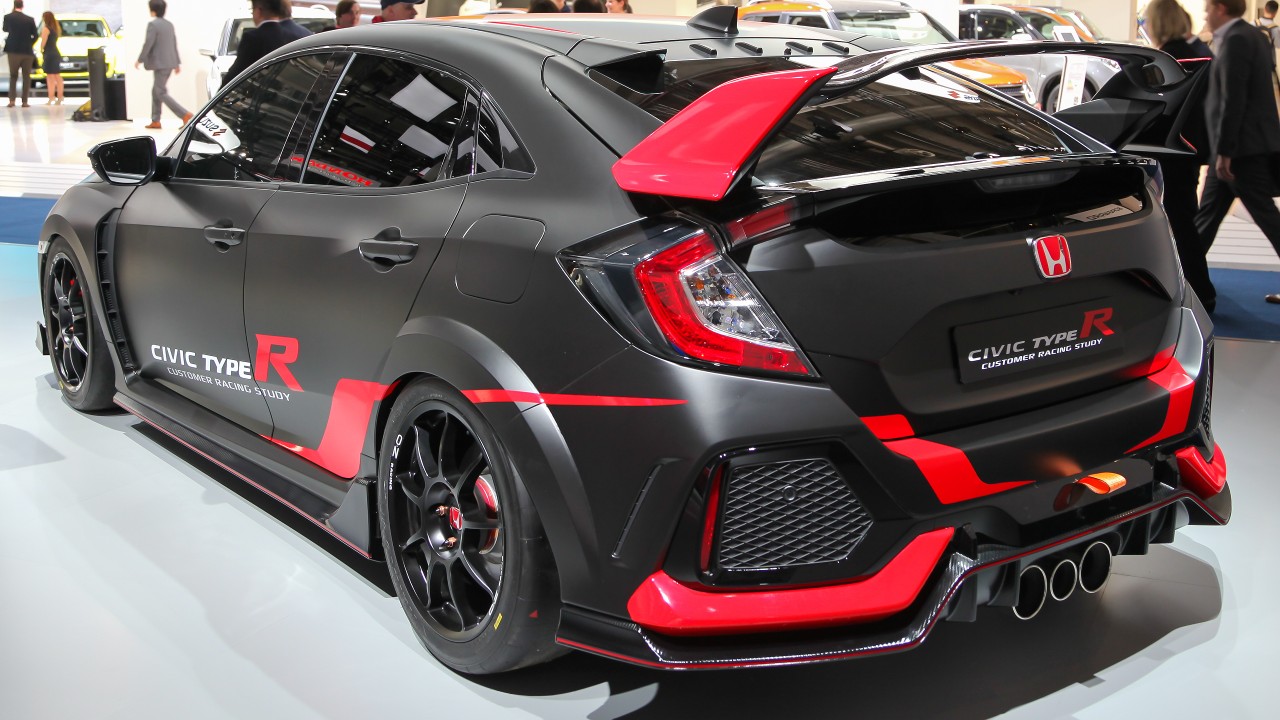
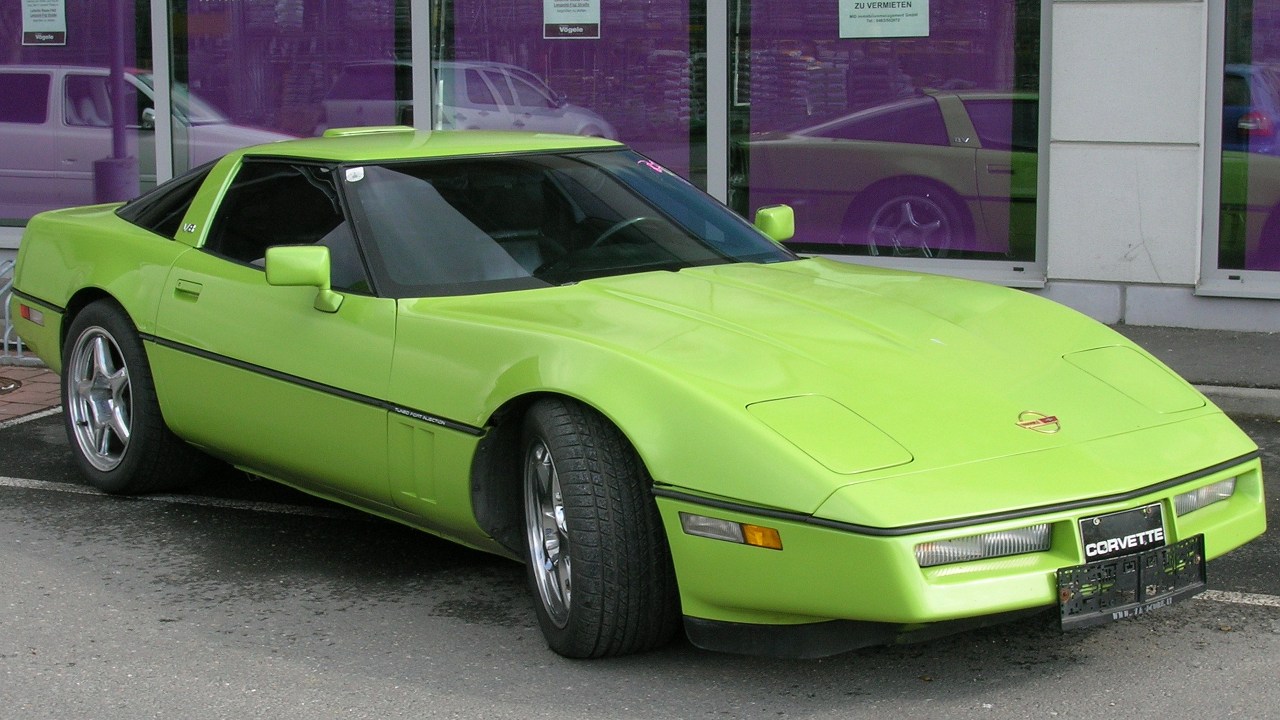
Leave a Reply